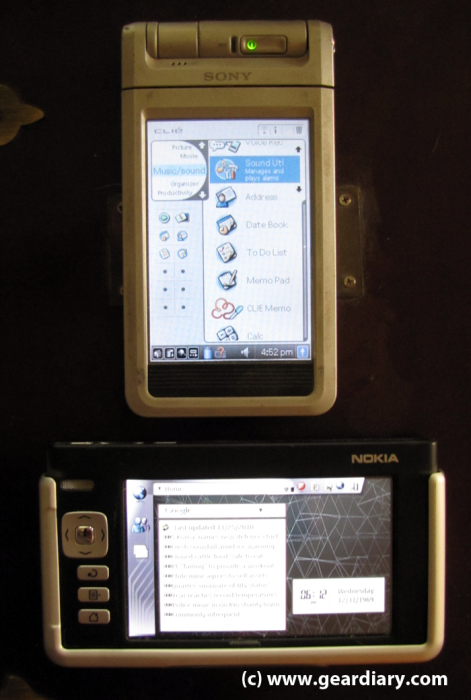When the Grid 10 was announced by the ever-reliable Chandra Rathakrishnan last month, it was said to run Android apps but not be an Android device. This was later clarified to mean that it is actually an Android kernel running the show, but thoroughly skinned and possibly even forked to a version of Android incompatible with future Google-backed updates. We’ll see someday, maybe.
Now TechCrunch is reporting that Amazon’s long-rumored tablet will be hitting the market in a couple months, running a completely forked Android kernel. This one is apparently pre-2.2 (how far pre is undefined) and has been so modified that it in no way resembles Android at all, and will have nothing Google-branded on it. Of course, since it will run apps from Amazon’s Android Appstore, it must be binary-compatible with Google’s official offering.
Is this going to be a thing now? As engineers say, the great thing about standards is there are so many of them.
In order for tablets to succeed, they either need to be so cheap as to be considered disposable, or they need to be part of a greater ecosystem. We can see this in the history of previous generations of mobile systems. The PalmOS ecosystem was seemingly insurmountable not that long ago. WindowsCE had a very hard time getting any traction in the market, and even today it is not uncommon to hear someone refer to a generic small device as a Palm Pilot (ignoring the Pilot pen lawsuit that changed the name but whatever). If you were in the market for a PDA in 1999, you were almost certainly going to go Palm; that was the only way to ensure you could get the programs you wanted (app is a useless renaming of an existing word). When Nokia tried to make a new type of device, they came up with the Maemo operating environment based on a Linux kernel. Nobody else made Maemo devices and each generation debuted at near the $400 mark. They were doomed.
Now we have the examples of Apple’s iOS, Google Android and HP WebOS as three different methods to the tablet madness. Apple has a great ecosystem, from docks to apps to cases. If you want to be confident that your new tablet will run whatever cool programs your friend told you about, it’s probably going to be an iPad you’ll want. Google and its partners have been throwing everything at the wall, and the open source nature of Android 1.x and 2.x means there is no shortage of random cheap tablets out there as well. The good tablets are priced at near-Apple prices, and have been collecting a lot of dust because of the vast difference in the ecosystems so far. Finally, HP’s TouchPads are selling like crazy, now that they are selling for half or one-third of their cost to manufacture. That’s no business model at all, but it does show that people are willing to buy cheap tablets of decent quality.
As a slightly different example, the Nook Color is an Android tablet that doesn’t play up the Android connection, and is very underpowered but does cost only $250. It sells millions of units, so obviously Amazon is going to try to copy that model, with the addition of Amazon’s larger media empire backing the move.
But, if Amazon actually does fork Android so far that nobody can be sure if they can run any non-Amazon programs on it, is it fair to even consider it an Android device, or is it better to pretend it has nothing to do with Google. I’m sure Jeff Bezos would be happy with that, if the reports of stripping all the Google branding from the Kindle Tablet are accurate.
For those young’uns, the image on this post has a Sony Clie NX60 (one of the most advanced PalmOS devices ever) and a Nokia N770 Internet Tablet. I have strange things lying around the house.
